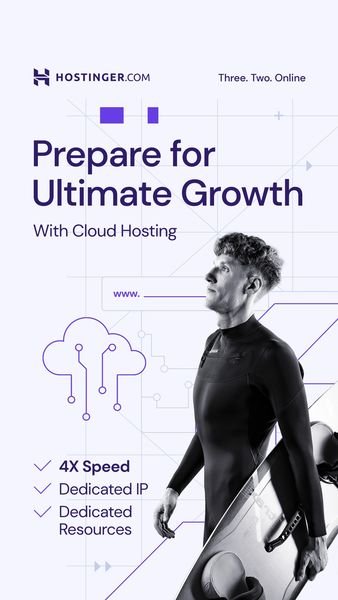In today’s digital landscape, creating diverse content is essential for capturing and maintaining audience interest. As consumers become more selective about the content they engage with, businesses must leverage a variety of content types to meet their audience’s evolving preferences. From blogs and videos to infographics and podcasts, each content type serves a unique purpose and engages users in different ways. This article explores popular content types and how to use them effectively to maximize engagement and connect with your audience.
Blogging: The Foundation of Content Strategy
Blogging remains a cornerstone of content marketing due to its versatility and SEO benefits. Regularly updated blogs help improve search engine rankings, drive organic traffic, and establish authority in your industry. To make the most of blogging, focus on creating high-quality, informative content that addresses your audience’s pain points. Use engaging headlines, include relevant keywords, and incorporate visuals to enhance readability. Interactive elements like polls and comment sections can also boost engagement by encouraging readers to share their thoughts and feedback.
Videos: Captivating Visual Stories
Videos are highly effective for capturing attention and conveying complex information quickly. They are engaging, easy to consume, and can be shared across multiple platforms, including social media, websites, and email newsletters. To create compelling videos, focus on storytelling, high production quality, and clear, concise messaging. Tutorials, product demos, behind-the-scenes footage, and customer testimonials are all great video content ideas. Incorporating subtitles can increase accessibility and engagement, especially on social media where videos often play without sound.
Infographics: Visualizing Data and Information
Infographics are powerful tools for presenting data and complex information in an easily digestible format. They combine visuals and text to tell a story or explain a concept, making them ideal for sharing statistics, processes, or comparisons. To create effective infographics, use a clean and visually appealing design, highlight key points, and ensure that the information is accurate and well-researched. Infographics are highly shareable, which can increase your content’s reach and visibility.
Podcasts: Engaging Auditory Content
Podcasts have seen a surge in popularity, providing a platform for engaging auditory content that listeners can enjoy on the go. They are perfect for in-depth discussions, interviews, and storytelling. To start a successful podcast, choose a niche topic that resonates with your audience, maintain a consistent schedule, and invest in good audio equipment for clear sound quality. Engaging guests and providing valuable insights can help attract and retain listeners. Promoting your podcast on social media and other channels can also boost its reach.
Ebooks and Whitepapers: In-Depth Educational Resources
Ebooks and whitepapers are excellent for providing in-depth information and thought leadership on specific topics. They allow you to delve deeper into subjects than shorter content types, offering comprehensive insights and solutions. These long-form content pieces are great for lead generation, as they can be gated behind a sign-up form. To create valuable ebooks and whitepapers, focus on thorough research, high-quality writing, and professional design. Offer actionable takeaways and solutions that address your audience’s needs.
Webinars: Interactive Learning Sessions
Webinars provide a platform for interactive learning and real-time engagement with your audience. They are ideal for educational content, product demonstrations, and industry discussions. To host a successful webinar, choose relevant and timely topics, promote the event through multiple channels, and engage participants with interactive elements like Q&A sessions and polls. Recording webinars and making them available on-demand can also extend their reach and value.
Social Media Posts: Quick and Engaging Updates
Social media posts are essential for maintaining a consistent online presence and engaging with your audience in real-time. Each platform offers unique opportunities for different types of content, from quick updates and announcements to user-generated content and interactive stories. To maximize engagement on social media, tailor your content to each platform, use eye-catching visuals, and include clear calls to action. Regularly monitor and respond to comments and messages to foster a sense of community and connection.
Conclusion: Embracing Content Diversity
Incorporating a variety of content types into your marketing strategy is crucial for engaging a diverse audience and achieving your business goals. By understanding the strengths of each content type and using them effectively, you can create a robust content strategy that captivates your audience, builds brand loyalty, and drives meaningful engagement. Embrace the diversity of content to connect with your audience on multiple levels and stay ahead in the ever-evolving digital landscape.
















